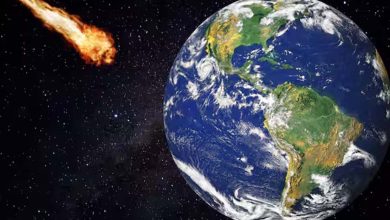Dangerous satellite air pollution exists amid legal loophole

Science: Air pollution from satellites burning up in Earth’s atmosphere could become the world’s next big environmental problem — but this tricky form of pollution seems beyond the reach of both international space treaties and Earth-focused environmental laws. So, some researchers are proposing a solution: Perhaps chemicals produced during satellite re-entry should be included in the 1987 Montreal Protocol, which bans certain substances that can harm our planet’s protective ozone layer.
Satellites have been burning up in Earth’s atmosphere since the beginning of the space age, but for decades, no one really paid much attention to the issue. That changed when the era of megaconstellations arrived. In the past, older spacecraft were barely a drop among the thousands of tons of meteorites that fall to Earth each year. However, with the rise of megaconstellations, which can include hundreds or thousands of satellites, the proportion of human-made space debris began to grow. For example, on September 23 and 24, a massive satellite from the U.K. Up to two hundred metric tons of dead satellites could evaporate in Earth’s atmosphere in 2023, according to estimates presented at the Workshop on Protecting Earth and Outer Space from Spacecraft and Debris Disposal held at the University of Southampton in 2019.
By comparison, more than 16,000 metric tons of meteoroids burn up in Earth’s atmosphere each year. Andrew Bacon, chief technology officer at in-orbit manufacturing firm Space Forge, said at the workshop that by 2033, the annual amount of satellite waste burned could reach 3,600 metric tons — more than 20% of the volume of natural space rocks. This expected increase in man-made space debris worries scientists because unlike meteoroids, satellites are made of alloys containing aluminum and other metals that oxidize into chemical compounds that do not exist in the atmosphere. The most worrisome of these is aluminum oxide, or alumina, a white powder that acts like a “sunscreen” in the atmosphere and blocks sunlight from reaching close to the surface.





